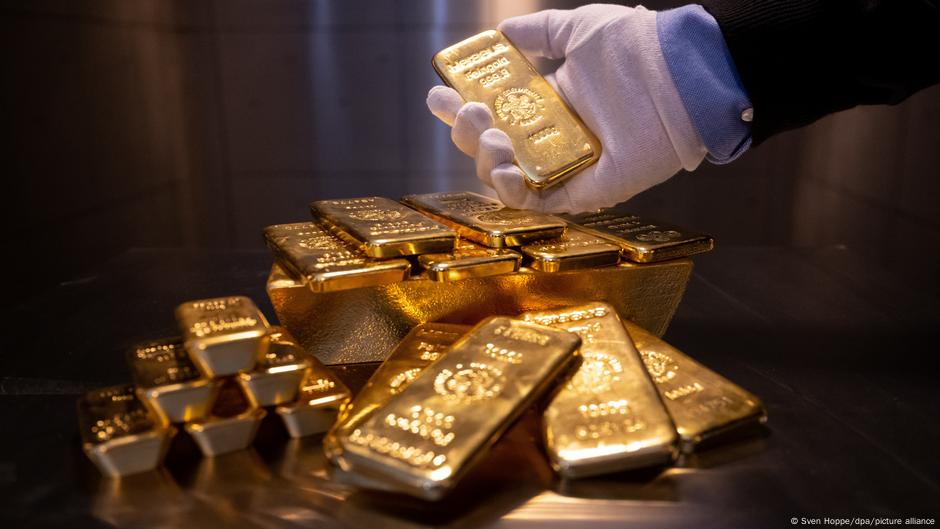Introduction to the Tariff
The argument of US President Donald Trump is uncomplicated: he believes that trading partners of the United States benefit from the broad access to the US market, while he often creates access to their own limits and creates persistent trading weights. In the case of Switzerland, Trump hit the trade deficit of $48 billion, showing that Swiss companies "exploit" the United States. Because of this and the obvious unwillingness of the country to tackle the imbalance, he set a much higher tariff for Swiss imports than the 15% of the European Union.
The Tariff Rate
At 39%, the tariff rate in the industrialized countries is the highest and can cause considerable damage to trade with the USA, the most important trading partner in Switzerland. Around 18% of Swiss exports crossed the Atlantic last year. Despite intensive discussions and a high commitment in Washington of President Karin Keller Sotter, Switzerland was not able to complete a framework business such as the EU, Japan or Great Britain.
Impact on Swiss Businesses
The non-ferrous producers in Switzerland claim that they would take the tariffs off the tariffs, although they are usually not responsible for the imbalance. Business Association Ecourcessuisse has asked the government to further lower the talks in order to lower the tariffs that are likely to have serious effects on economic growth. Hans Gersbach, an economist at the KOF Swiss Economic Institute based in Zurich, estimated that the taxes would reduce Swiss GDP by 0.3% to 0.6% next year if they had stayed for a long time.
Swiss Gold Refinery Sector
Although gold and pharmaceuticals are currently exempt from Trump’s tariff, the Swiss Gold Refinery sector has moved into the spotlight because it plays a surprisingly large role in the economy. The Trump government has counted the billions of US dollars gold, which flow through Switzerland every year in its tariff calculation. Every year, more than 2,000 tons of gold are imported, a large part of it is occupied by mediation banks in London, New York and elsewhere.
Gold Trade in Switzerland
The Swiss National Bank (SNB) has argued that gold should be excluded from Washington’s tariff calculation, since the refineries receive only a small fee for the processing of the metal. Most of the value comes from the gold itself, not from Swiss workers or production, said SNB. Although the total value of Switzerland’s gold trade in the United States was worth more than $36 billion in the first quarter of this year, the industry generates profits of just a few hundred million dollars a year.
Reaction of the Swiss Business World
The Swiss executive department, the Federal Council, held an emergency assembly on Thursday afternoon after Keller-Sutter’s unsuccessful Washington trip. After the meeting, the council said that it is currently not being considered in response to the 39% tariff. In a statement, the Council said that the government would focus on auxiliary measures for export-oriented Swiss companies and continue discussions with Washington to find a solution.
Effects on Global Trade with Gold
Since gold itself was spared by Trump’s tariff, Switzerland’s refinery can continue to operate without a disorder. Ironically, the 39% levy can help international gold as required, since more investors strive for safe haven assets in times of uncertainty. However, these wider and ongoing trade voltages have increased the costs for shipping, insurance and financing gold transactions that could still move higher. Gold is often shipped in small, high-quality programs. Even modest route changes can, as with the recent attacks by the Red Sea, add thousands of costs per shipping. These costs are not crippled by the gold sector, but are eaten to tight profit margins.

